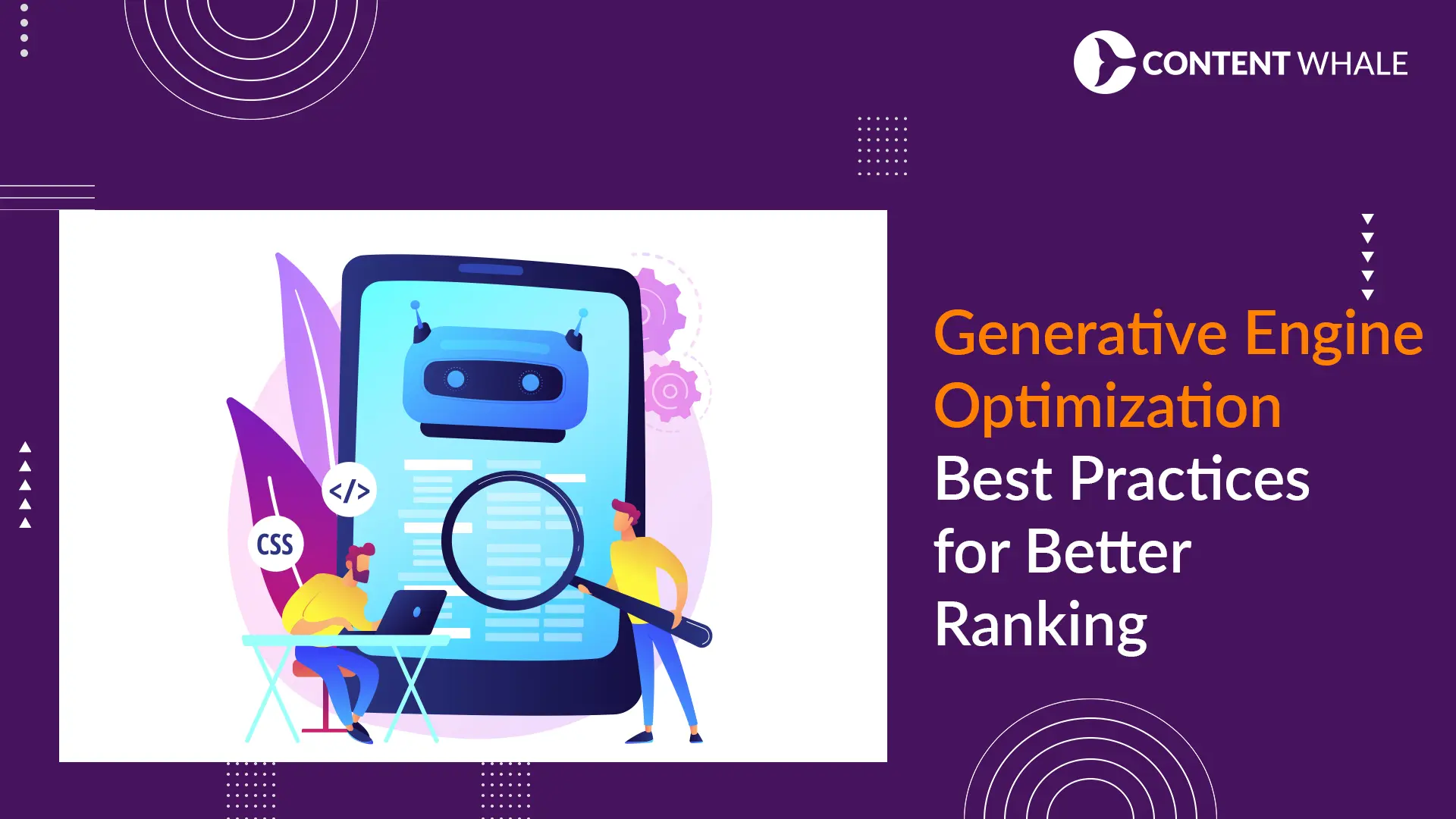Google just released Nano Banana Pro, an advanced AI image generator that addresses critical limitations in text rendering and visual accuracy. Built on the Gemini 3 Pro foundation model, this tool represents a significant upgrade over previous image generation systems.
Research shows that distinguishing AI-generated images from authentic content has become increasingly difficult. A 2024 study analyzing 287,000 image evaluations found that participants achieved only 62% accuracy in identifying AI-generated images, barely above chance levels (Source).
Nano Banana Pro builds on this technological progress while introducing features that prioritize accuracy and professional applications. This guide will explore the capabilities, technical specifications, and practical applications of Nano Banana Pro for businesses and creators.
Technical Foundation and Architecture
Nano Banana Pro operates on the Gemini 3 Pro large language model, which provides enhanced reasoning capabilities compared to its predecessor. The model leverages multimodal training data that combines visual and textual information, creating a foundation for more accurate image generation.
The architecture supports generation at resolutions up to 4K, with specific controls for camera angles, lighting, depth of field, focus, and color grading. Research on text-to-image quality metrics indicates that compositional quality, measuring alignment between text prompts and generated images remains a critical challenge for AI image generator systems (Source). Nano Banana Pro addresses this through Gemini 3 Pro’s reasoning layer, which processes prompts with greater contextual understanding.
The model processes up to 14 reference images simultaneously, maintaining character consistency and visual coherence across multiple generations. This capability proves essential for professional workflows requiring brand consistency or character continuity across assets.
Text Rendering: A Critical Breakthrough
Text rendering has historically presented substantial challenges for image generation models. A 2025 systematic evaluation framework for text-to-image models revealed significant limitations across mathematical equations, chemical diagrams, programming code, and multi-line text (Source).
Nano Banana Pro introduces several improvements:
- Legible text generation in multiple languages with proper typography
- Accurate rendering of technical content including formulas and diagrams
- Consistent font styling across different text elements within single images
- Preservation of text structure in complex visual compositions
The model can generate infographics with multiple text sections, create signage with accurate lettering, and produce marketing materials with precise brand messaging. For professionals creating localized content, Nano Banana Pro supports multilingual text rendering without sacrificing visual quality.
Web Search Integration and Real-Time Information
Nano Banana Pro incorporates web-search capabilities directly into the image generation workflow. Users can request images based on current information, such as weather conditions, sports results, or recipe instructions.
This integration allows the AI image generator to access Google Search’s knowledge base during generation. The model can create visualizations grounded in factual data rather than relying solely on training data. For educational content creators, this means generating infographics with current statistics or creating visual explanations based on recent research findings.
The web-search function operates transparently, retrieving information and incorporating it into the visual output without requiring separate research steps from the user.
Comparison with Previous Models
| Feature | Nano Banana | Nano Banana Pro | Improvement |
|---|---|---|---|
| Base Model | Gemini 2.5 Flash | Gemini 3 Pro | Enhanced reasoning |
| Maximum Resolution | 2K | 4K | 2x increase |
| Text Rendering | Basic | Advanced multilingual | Professional-grade |
| Web Search | No | Yes | Real-time data |
| Reference Images | 1-2 | Up to 14 | Better consistency |
| Creative Controls | Limited | Comprehensive | Precise adjustments |
The original Nano Banana model focused primarily on image editing capabilities, particularly character consistency. Nano Banana Pro expands this foundation with production-ready features for professional applications.
Research indicates that nearly 40% of AI-generated images are misidentified as human-made, demonstrating the visual quality modern models achieve (Source). Nano Banana Pro maintains this quality standard while adding utility for practical applications.
Professional Applications and Use Cases
Nano Banana Pro serves multiple professional contexts:
Marketing and Advertising
The model integrates directly into Google Ads, allowing advertisers to generate campaign assets at 2K and 4K resolution. Teams can produce localized variants for international campaigns with accurate multilingual text rendering. Brand consistency tools enable maintaining visual identity across multiple asset variations.
Educational Content
Educators can generate infographics grounded in factual information through web-search integration. The model creates diagrams from handwritten notes, converts text explanations into visual representations, and produces educational explainers with accurate context. Research on medical image accuracy emphasizes the importance of precise visual generation in educational settings (Source).
Product Visualization
Design teams can create mockups with consistent product representation across angles and environments. The model generates prototypes with accurate text labels, brand elements, and technical specifications. Character consistency features ensure products maintain identical appearance across marketing materials.
Technical Documentation
Technical writers can convert complex concepts into visual diagrams. Nano Banana Pro handles technical terminology, maintains precision in scientific illustrations, and generates flowcharts or process diagrams with legible text annotations.
Differences from Competing AI Image Generator Platforms
Nano Banana Pro distinguishes itself from alternatives through several key characteristics:
Integration Depth
Unlike standalone image generators, Nano Banana Pro operates within Google’s ecosystem. Users access the model through Gemini app, Google Ads, Google Slides, Google Vids, and Workspace applications. Developers integrate through Gemini API, Google AI Studio, and Vertex AI.
Reasoning-Based Generation
Most AI image generator systems process prompts through pattern matching. Nano Banana Pro applies Gemini 3 Pro’s reasoning capabilities to interpret context, understand relationships between elements, and generate images that reflect logical consistency.
Factual Grounding
Competitors typically generate images based exclusively on training data. Nano Banana Pro can verify information through web search and incorporate current facts into visual outputs.
Professional Control Granularity
The model provides specific parameters for lighting, camera angles, depth of field, focus, and color grading. These controls match professional photography terminology, enabling precise direction for users with technical backgrounds.
Availability and Access Models
Google has implemented a tiered access structure for Nano Banana Pro:
Free tier users receive limited generation quota before reverting to the original Nano Banana model. Google AI Plus, Pro, and Ultra subscribers receive higher generation thresholds with priority access.
For professional applications:
- Google Ads users access Nano Banana Pro for advertising creative generation
- Workspace customers use the model in Google Slides and Vids
- Developers implement through Gemini API with usage-based pricing
- Enterprise teams deploy through Vertex AI for scaled production
The model includes SynthID watermarking for transparency, allowing identification of AI-generated content. This addresses growing concerns about authenticity in AI-generated media.
Technical Considerations for Implementation
Organizations implementing Nano Banana Pro should consider several factors:
Generation Time
Higher quality outputs require longer processing. Complex images with detailed text rendering may take 30-60 seconds to generate. Teams should account for this latency in workflow planning.
Prompt Engineering
The model responds to detailed, specific prompts. Users achieve better results by specifying exact requirements: text content in quotation marks, color specifications using hex codes, explicit layout instructions, and desired artistic style or photographic parameters.
Iterative Refinement
Nano Banana Pro supports conversational editing. Users can generate an initial image and request specific modifications without regenerating from scratch. This approach saves time while maintaining elements that meet requirements.
Quality Assurance
Despite improvements, the model may produce artifacts in complicated compositions, particularly with small faces, intricate text layouts, or thin structures. Professional workflows should include review steps before publication.
Limitations and Current Challenges
Nano Banana Pro represents significant progress but retains certain limitations:
The model occasionally struggles with perfect centering of objects or geometric precision. Complex prompts with numerous specific requirements may produce outputs that satisfy some criteria while missing others. Text rendering, while substantially improved, can still produce errors in highly technical or specialized terminology.
Research on AI-generated content emphasizes that evaluation methods must account for preprocessing dependencies and generalization across different content types (Source). Users should verify outputs meet accuracy requirements, particularly for technical or factual content.
Strategic Implementation for Businesses
Organizations adopting Nano Banana Pro should develop clear implementation strategies:
Workflow Integration
Identify processes where image generation creates bottlenecks. Marketing teams producing localized variants, product teams creating visualization mockups, and training departments developing educational materials represent high-value applications.
Quality Standards
Establish review protocols for AI-generated content. Define acceptable quality thresholds, assign responsibility for verification, and implement version control for generated assets.
Cost Management
Monitor API usage for development teams. Evaluate generation quotas against actual needs. Consider whether free tier access suffices or whether paid subscriptions provide better value based on volume requirements.
Skill Development
Train team members on effective prompt engineering. Share successful prompt templates across the organization. Document common issues and solutions to accelerate learning curves.
Future Trajectory and Continuous Improvement
Google continues developing Nano Banana Pro through ongoing model refinement. Areas under active development include enhanced long-form text rendering, improved factual representation in fine details, and expanded reasoning capabilities for complex visual concepts.
The integration of web-search functionality suggests future enhancements may include real-time data visualization, dynamic content generation based on current events, and more sophisticated factual verification systems.
As AI image generator technology advances, the distinction between synthetic and authentic images will continue narrowing. Organizations must adapt workflows accordingly, implementing verification systems while leveraging efficiency gains these tools provide.
Conclusion
Nano Banana Pro is a substantial advancement in AI image generator technology. The combination of Gemini 3 Pro reasoning, accurate text rendering, web-search integration, and professional controls creates a tool suited for production environments.
The model addresses historical limitations in text accuracy while maintaining visual quality that approaches professional photography standards. For businesses creating marketing materials, educational content, product visualizations, or technical documentation, Nano Banana Pro offers capabilities that can accelerate workflows and reduce production costs.
Ready to transform your content creation workflow? Start testing Nano Banana Pro through the Gemini app today and discover how advanced image generation can accelerate your projects.
Frequently Asked Questions
Q1: What makes Nano Banana Pro different from DALL-E or Midjourney?
Nano Banana Pro distinguishes itself through three primary factors. First, it integrates reasoning capabilities from Gemini 3 Pro, allowing contextual understanding beyond pattern matching. Second, web-search integration enables generation based on current information rather than static training data. Third, the model provides professional controls for camera angles, lighting, and color grading that match photography terminology. Unlike competitors focused on artistic generation, Nano Banana Pro targets professional workflows requiring accuracy and consistency.
Q2: Can Nano Banana Pro generate images with text in languages other than English?
Yes, Nano Banana Pro supports multilingual text rendering with maintained typography and layout quality. The model can generate accurate text in various languages within single images, making it suitable for international marketing campaigns and localized content creation. Research indicates text rendering accuracy has improved substantially across language systems, though complex scripts may still present occasional challenges.
Q3: How does the pricing structure work for business applications?
Pricing varies by access method. Free tier users receive limited generations before reverting to the basic Nano Banana model. Subscription tiers (AI Plus, Pro, Ultra) provide higher quotas. For Google Ads integration, the model is available to advertisers globally. Workspace customers access through their existing licenses. Developers using the Gemini API or Vertex AI pay based on usage volume, with specific rates available through Google Cloud pricing documentation.
Q4: What quality assurance steps should teams implement?
Teams should establish review protocols for generated content. Verify text accuracy, particularly for technical terms or brand-specific language. Check factual information if the image includes data or statistics. Review compositional elements to ensure all specified requirements appear correctly. For critical applications like medical or legal content, implement multi-person review processes. Document common issues encountered to refine prompt strategies over time.
Q5: Does Nano Banana Pro work for creating consistent character designs across multiple images?
Yes, Nano Banana Pro supports up to 14 reference images simultaneously, enabling character consistency across generations. Users can provide reference images of characters and request new scenes while maintaining appearance. This capability suits storyboarding, comic creation, branded mascot development, and marketing campaigns requiring consistent character representation. However, minor variations may still occur, particularly in fine details like hair texture or small accessories.








